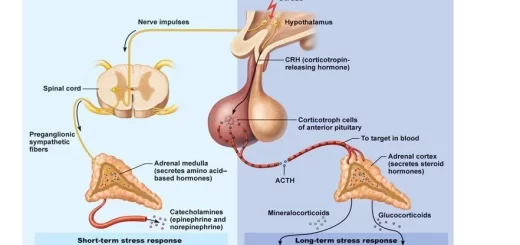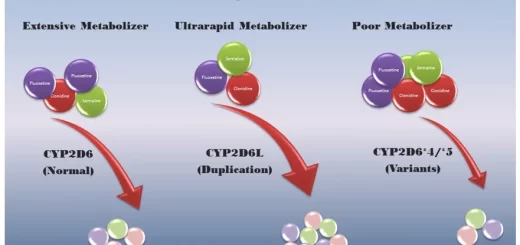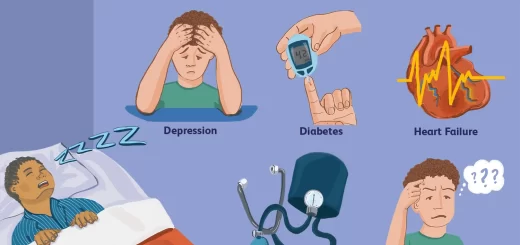Supporting connective tissue, Cartilages function, structure, types and growth
Cartilage and bone are modified connective tissue in which the intercellular substance is hardened to provide rigidity, support, and the attachment for soft tissues. Cartilages and bones form the skeleton of the body. Cartilage does not contain blood vessels or nerves (it is aneural). Cartilage acts as a shock absorber.
Cartilage
Cartilages offer a framework on which bone deposition may begin. they cover the surfaces of joints, allowing the bones to slide over one another, so, reducing the friction and preventing damage.
Characteristic features of cartilage:
- Cartilage is avascular (not penetrated by blood vessels) with no lymphatic vessels or nerves.
- The extracellular matrix is firm and flexible.
- The chondrocytes (cartilage cells) are isolated in small cavities in the matrix, called “Iacunae”.
- The cartilage surface is covered by perichondrium.
Histological structure of cartilage
The perichondrium
Cartilage is covered by a fibro-cellular membrane called perichondrium. It consists of two layers:
- The outer fibrous layer: formed of dense connective tissue, rich in type I collagen fibers with few blood vessels.
- The inner vascular and cellular layer “chondrogenic layer”: containing chondro-blasts which are capable of forming new cartilage.
Functions of the perichondrium:
- Appositional growth i.e. growth of cartilage at its periphery.
- Nourishment of cartilage cells as it contains blood vessels.
The extracellular matrix
It is responsible for the firmness and flexibility of the cartilage. It is produced by cartilage cells. Cartilage matrix is composed of:
1. Intercellular ground substance: it is formed of:
- Water constitutes about 60-80% of the cartilage weight. It allows the diffusion of metabolites to form chondrocytes through the cartilage matrix.
- The firm gel of proteoglycans as chondroitin sulfate and keratan sulfate bound to hyaluronic acid.
- Adhesive glycoproteins as chondronectin, which helps anchor chondrocytes to the matrix.
2. Fibers: cartilage matrix contains primarily type II collagen fibers. According to the type of cartilage, the matrix may contain in addition type I collagen or elastic fibers.
The cartilage cells
Chondroblasts develop from embryonic mesenchymal cells. They are oval cells with basophilic cytoplasm and oval nuclei. They are present in the chondrogenic layer of the perichondrium. Function: synthesis and secretion of the cartilage matrix. Chondroblasts then become entrapped inside the lacunae and transform into chondrocytes.
Chondrocytes develop from the chondroblasts when trapped in the lacunae. The matrix is condensed around the lacunae forming the dark basophilic capsule rich in chondroitin sulfate. The young chondrocytes are present underneath the perichondrium. They are elliptical and can undergo mitosis. The mature chondrocytes are deeply-situated in cartilage substance. They are spherical. Function: they maintain the cartilage matrix.
Types of cartilage
Three different kinds of cartilage are distinguished:
Hyaline cartilage
It is smooth and firm. It has a bluish-grey color in a fresh state. Extracellular matrix: abundant, glassy, and pale basophilic. It contains type II collagen fibrils but not apparent in the matrix. Chondrocytes are widely-scattered. The number of chondrocytes/lacuna is 1-8, forming cell nests.
Sites:
- Skeleton of the embryo.
- Epiphyseal plates in growing bone.
- Costal cartilages.
- Nose, larynx, trachea, and bronchi in the respiratory system.
- Articular surfaces of synovial joints.
The perichondrium is covered with perichondrium except when inside the joint cavity. Nutrition: from the perichondrium. Inside the joint cavity, it is nourished by diffusion of oxygen and nutrients from the synovial fluid.
Elastic cartilage
It is flexible and can bear mechanical stress without permanent deformation. It has a yellowish color in a fresh state. Extracellular matrix: in addition to type II collagen fibrils the matrix is occupied with a large number of elastic fibers (demonstrated by orcein and V.V.G stains). Chondrocytes are numerous. The number of chondrocytes/lacuna is 1-3. The perichondrium is always covered with the perichondrium. Nutrition: from the perichondrium.
Sites:
- The auricle of the ear (ear pinna) and external auditory meatus.
- Epiglottis.
White fibrocartilage
It has great strength combined with flexibility. It has a whitish color in a fresh state. Extracellular matrix: in addition to the type II collagen fibers, the matrix is occupied with thick eosinophilic bundles of type I collagen fibers. Chondrocytes are few and rounded. The number of chondrocytes/lacuna is 1-2. The perichondrium is not covered with the perichondrium. Nutrition: from the surrounding connective tissue of joint capsule and ligaments.
Sites:
- temporomandibular and sternoclavicular joints.
- Intervertebral discs and the symphysis pubis.
- The menisci of the knee joint.
Growth of cartilage
Growth of cartilage is very limited in adults; It is capable of 2 kinds of growth:
- Appositional growth is the growth of cartilage from “inside”. It occurs as a result of the mitosis of chondroblasts in the perichondrium. They secrete a new matrix on the surface, then transform into chondrocytes.
- Interstitial growth is the growth of cartilage from “inside”. It occurs as a result of the mitosis of chondrocytes within the cartilage. They form cell nests in the lacunae and secrete more matrix.
Repair of cartilage
Adult cartilage has limited ability for repair due to its avascularity. If damaged; the cartilage tear will be repaired with fibrous tissue (scar).
Bone (Osseous Tissue) types, structure, function and importance
Connective tissues structure, types, function, fibers & ground substances
Connective tissue cells types, function & structure, Resident cells & Transient cells
Embryonic connective tissue, Connective tissue proper & Specialized connective tissue
Skeletal system, Importance of Cartilages, Joints, Ligaments & Tendons



